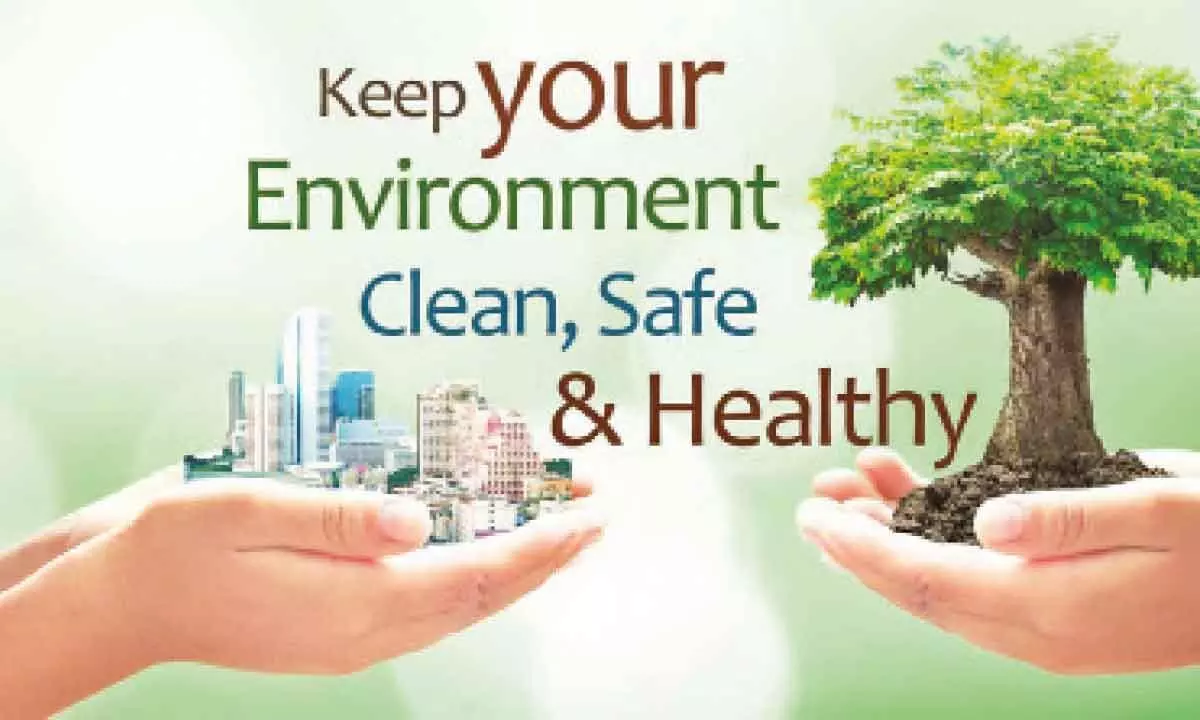Our broken system of environmental clearance

In actual fact, projects are rarely “rejected.” In our analysis of projects between July 2015 and August 2020, of the 3,100 projects submitted, only 3 per cent were not recommended. Even these would come back with more information. In this way, proponents are asked — and more so in controversial projects — many times to come back with more data and more clarifications. Finally, the committees “clear” the project, and in most cases, to protect themselves they do so with a fistful of conditions that will never really be monitored
Ranking is an instrument to reward the best performers — but more importantly, it signals the best way to do things. So, when the Union Ministry of Environment, Forest and Climate Change (MoEFCC) says that it will rank the state environmental impact assessment authorities based on the speed at which environmental approvals are given, it basically implies that all it cares about is the "clearance" of projects, not the quality of the assessment or the ability to ensure that the environmental impacts of development projects are mitigated.
You could argue that time taken is not an indicator of the level of scrutiny — and that MoEFCC's notice is designed only to hold the assessment committees accountable and to ensure that projects are not unnecessarily delayed. But it is not that simple. The fact is this "ranking" is the final nail in the already built coffin of environmental assessments.
Over the past decade or so, government after government has systematically decimated the process of decision-making that would allow for assessment or scrutiny. It is a sham and a farce, and in my view this direction by the ministry — set up to purportedly safeguard environmental interests — has only made its contempt for its self-built process apparent.
Environmental Impact Assessment (EIA) started way back in 1994, when development projects were few and the process remained uncontested. The rot took hold from the early 2000s when "building" projects were included in this system of scrutiny.
There is no question that construction, especially large-scale housing, infrastructure or commercial projects, have a massive environmental footprint. They add to water usage, wastewater generation, traffic, and to solid waste.
The problem was the system was never upgraded to handle the huge volume of "building" projects. This led to delays and high transaction costs — corruption, in other words. So in 2006, MoEFCC decentralised, and outsourced the work to states. It replicated the central system at the state level, setting up the state environmental impact assessment authorities. A maze of categories — projects falling into A, B, BI and B2 — were created, with overlaps and a good measure of discretion thrown in.
All in all, the quality of scrutiny has not improved and development projects are not more environmentally compliant. EIA has become a convoluted exercise, designed for futility.
Why do I say this? Just consider how fundamentally flawed the process is today. The project proponent is expected to pay consultants to do the EIA, which is based on the terms of reference (ToR) approved by the Central or state environmental impact assessment authority. Category A projects come to the Centre and B go to the state, where the state authority then decides if it is B1 (projects requiring detailed assessments) or B2 (that do not require detailed assessments).
The committee can approve the ToR, ask for more information or reject it. After this, the EIA is done, which, in turn, requires the involvement of at least 12 functional area experts and management and monitoring plans. The draft EIA is in English and its summary in the regional language, which is then put out for public consultation.
A detailed process is in place for holding the public hearing, which would be crucial for "listening" to local objections. Then all this goes to the appraisal committee, which has to scrutinise the draft, ask for more information, and accept it with conditions or reject it.
In actual fact, projects are rarely "rejected". In our analysis of projects between July 2015 and August 2020, of the 3,100 projects submitted, only 3 per cent were not recommended. Even these would come back with more information. In this way, proponents are asked — and more so in controversial projects — many times to come back with more data and more clarifications. Finally, the committees "clear" the project, and in most cases, to protect themselves they do so with a fistful of conditions that will never really be monitored. The faceless committees are not held responsible for the project post clearance; their "job" ends with this clearance.
So, you really cannot hold them responsible for the quality of the decision taken. The monitoring is then left to the understaffed regional offices of MoEFCC — state pollution control boards are not empowered to monitor impacts as this clearance is done under the Environmental Protection Act and not under the laws governing air or water. In all this, there is duplication, lack of scrutiny and no real intent to ensure that projects are implemented keeping in mind environmental interests.
So, when we defend this broken system of "clearances" it only adds fuel to the fire of the extremely false narrative of environment versus development. In reality, environmental interests have already been given a bypass and development has become mindless, without any regard for what can be done to mitigate and manage harm. (Writer is Director General of Centre for Science and Environment (CSE) and the Editor of Down To Earth magazine. She is an environmentalist who pushes for changes in policies, practices and mindsets;
Courtesy: https://www.downtoearth.org.in/)

















